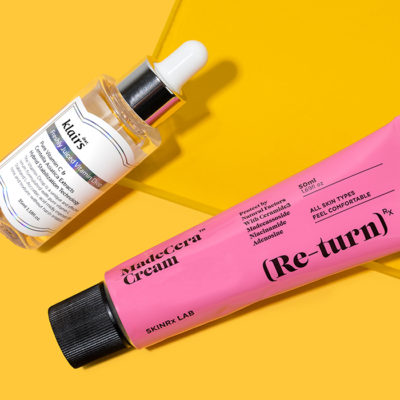
Ascorbic Acid
Ascorbic acid’s another name for skin care’s most popular brightening ingredient: vitamin C. This natural antioxidant is found in tons of citrus fruits and green leafy vegetables, however, ingesting produce with this antioxidant won’t improve your skin. To see results, vitamin C should be applied topically. Due to its strength and pH level, ascorbic acid shouldn’t be applied at the same time as retinol. Doctors recommend applying your favorite vitamin C brightening goods in the morning and a retinol at night so you can fully enjoy both ingredients without any interactions.
Benefits: A superstar brightener, ascorbic acid fades pigmentation, including melasma, acne scars, and dark spots. Because it’s an antioxidant, it protects the skin from free radicals. Think of it as an anti-aging shield for your skin so you’re not only reducing what damage has already been done, but also preventing future damage.
Skin Types: Sensitive skin types should slowly ease into vitamin C application, testing out products with lower percentages of the ingredient before diving head first into an ascorbic acid loving lifestyle. When applying vitamin C, it’s integral to follow up with a trusty sunscreen.



